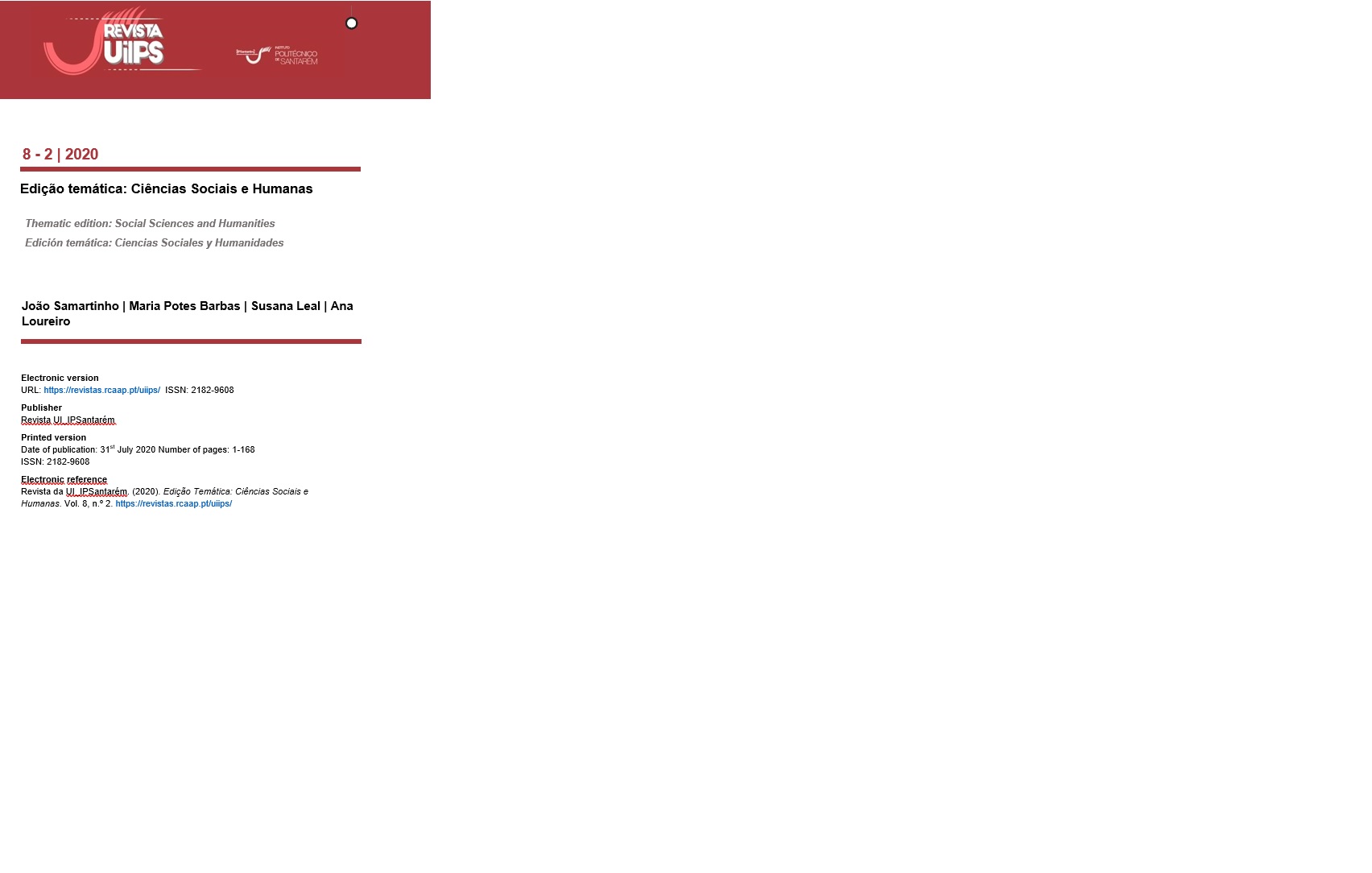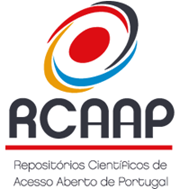Attractiveness: choice of waist-hip ratio among rural and urban Portuguese children
DOI:
https://doi.org/10.25746/ruiips.v8.i2.20661Keywords:
attractiveness, children, gender, geography, waist-hip ratioAbstract
The waist-to-hip ratio (RCA) is a measure of attractiveness. With this study we intend to explore in children the influence of geographic origin on their perception of attractiveness. Aged between 7 and 15 years old, they observed 7 silhouettes manipulated in the width of the hip, pointing to which they considered the most beautiful, for their gender and for the opposite. Seven years old selected thinner silhouettes as the most beautiful / attractive; and, with age, there was a progressive differentiation between genders. By geographical origin, no significant differences were found between genders; except in rural children for the female gender, with girls choosing a smaller RCA. Children of metropolitan origin did not differentiate RCA between genders, but placed it in a proportion of a healthy body. Children of non-metropolitan origin chose a significantly lower RCA for females, and an RCA close to 0.9 for males. Perhaps a smaller difference in gender roles may explain the results of metropolitan children.
Downloads
Published
How to Cite
Issue
Section
License
Authors publishing in this journal agree to the following terms:
Authors retain copyright and grant the journal the right of first publication, with the article simultaneously licensed under the Creative Commons Attribution License that allows sharing of the work with acknowledgement of authorship and initial publication in this journal.
Authors are permitted to enter into additional contracts separately for non-exclusive distribution of the version of the article published in this journal (e.g., publish in an institutional repository or as a book chapter), with acknowledgment of authorship and initial publication in this journal.
Authors have permission and are encouraged to publish and distribute their work online (e.g., in institutional repositories or on their personal webpage) at any point before or during the editorial process, as this may generate productive changes, as well as increase the impact and citation of the published work.





